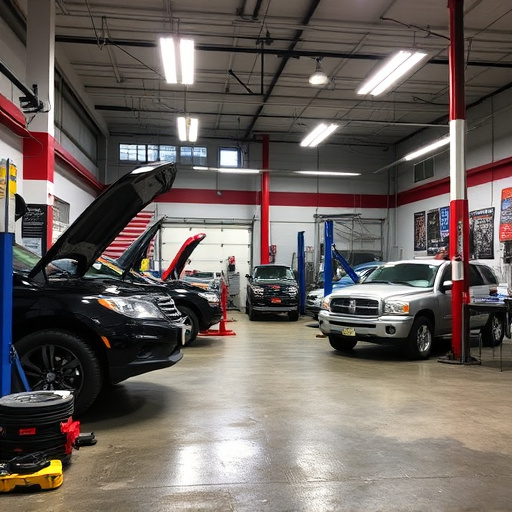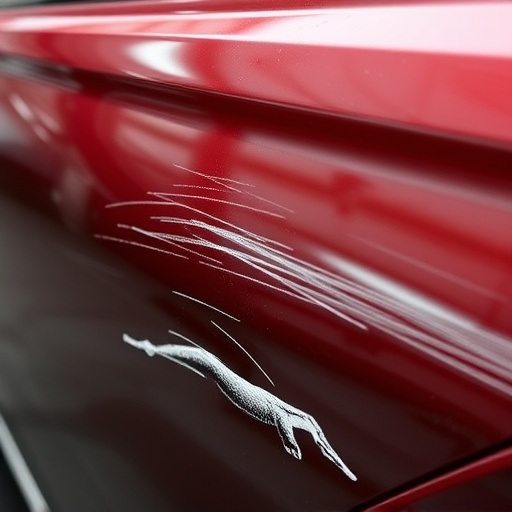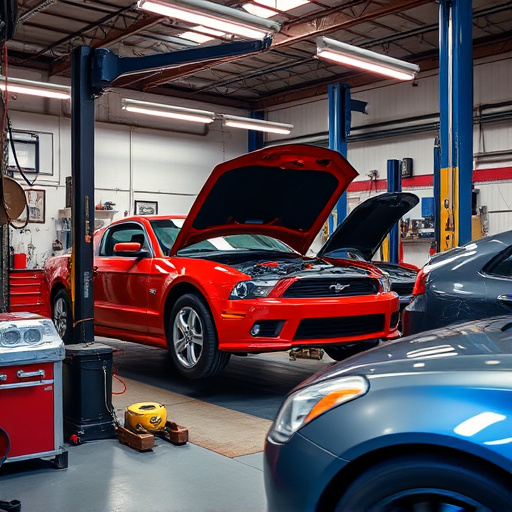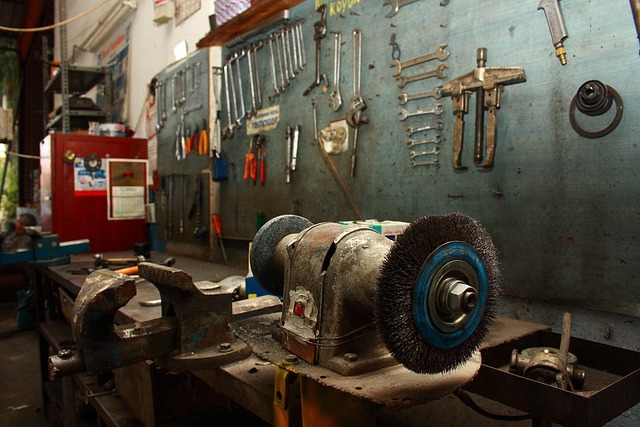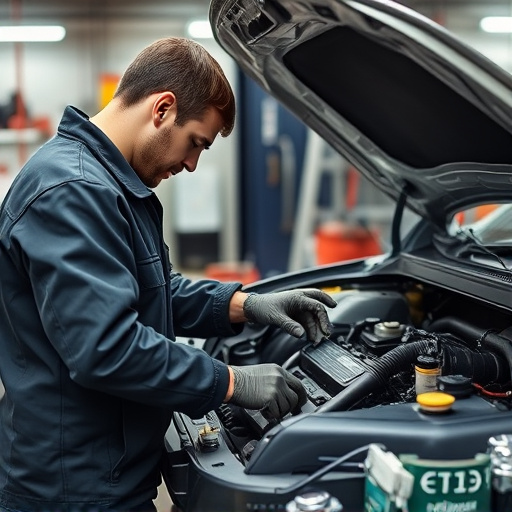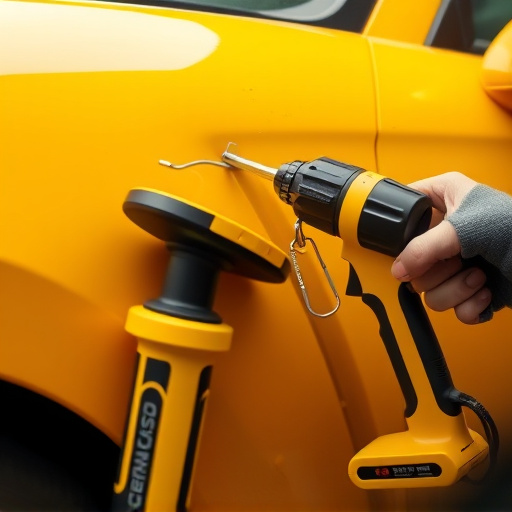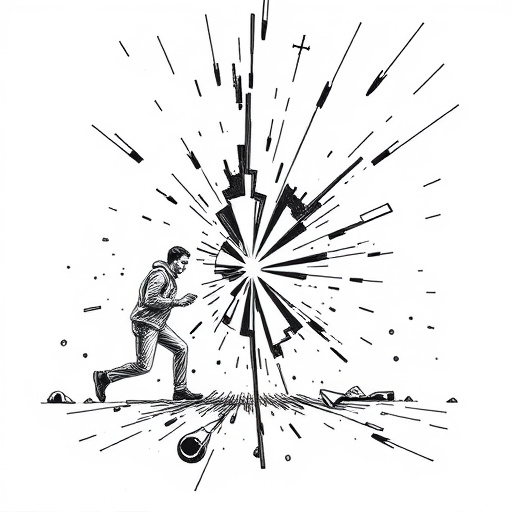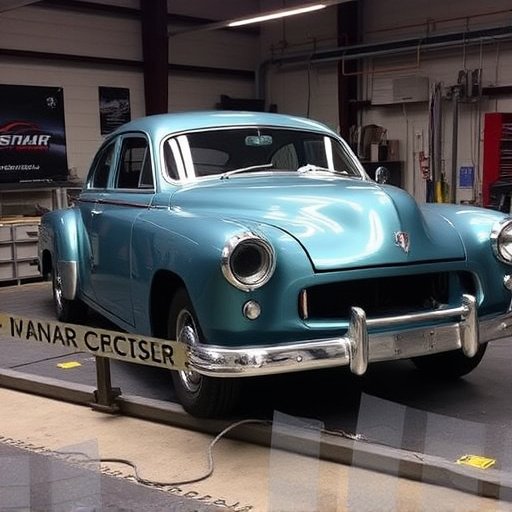Radiator replacement accident repairs require precise techniques and knowledge. This process involves removing damaged parts, repairing/replacing components like hoses and thermostats, and ensuring proper alignment for optimal performance. Modern technology streamlines these repairs with specialized software, enhancing communication and expediting workflows. Advanced diagnostic tools minimize human error, making radiator replacements safer and faster, especially for hail damage and car bodywork restoration.
In the realm of automotive repairs, efficient radiator replacement is crucial for minimizing downtime and costs in the event of accidents. With technology advancing rapidly, there’s a new game changer on the block. This article explores how digital tools are revolutionizing the radiator replacement process for accident repairs. We delve into the intricacies of understanding this procedure, highlight innovative solutions enhancing safety and speed, and provide insights into improving efficiency across workshops.
- Understanding Radiator Replacement Process
- Digital Tools for Efficient Accident Repairs
- Enhancing Safety and Speed with Technology
Understanding Radiator Replacement Process
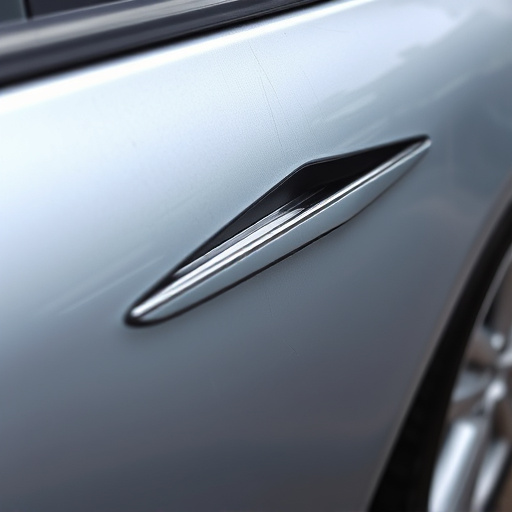
The process of radiator replacement in a vehicle is a crucial aspect of accident repairs, especially for cars that have been involved in collisions. It requires meticulous precision and knowledge to ensure the safety and efficiency of the vehicle’s cooling system. Initially, the damaged or leaking radiator must be identified and removed carefully, taking precautions not to cause further harm to other components nearby. This often involves disassembling parts of the car body, including hoods, fenders, and in some cases, even the engine compartment.
Once the old radiator is extracted, the next step is preparing the surface for a seamless installation of a new one. This may include repairing or replacing any associated components like hoses, fans, and thermostats. Proper alignment and fitting are vital to maintain the vehicle’s performance and prevent future leaks. After installing the new radiator, meticulous car paint repair might be needed to match the original finish perfectly, followed by auto glass repair if any windows were affected during the process.
Digital Tools for Efficient Accident Repairs
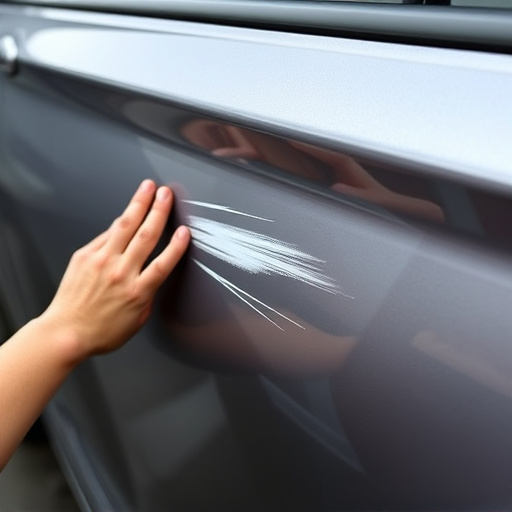
In today’s digital era, technology plays a pivotal role in streamlining radiator replacement accident repairs. Specialized software applications designed for collision repair centers offer precise measurements and real-time updates, ensuring efficient workflows. These tools enable technicians to quickly assess damage, order parts, and schedule services, minimizing downtime for both vehicles and customers.
Additionally, advanced digital platforms facilitate communication between customers, repair shops, and insurance providers, enhancing transparency. Features like online claim submissions, real-time progress tracking, and virtual consultations for car scratch repairs or automotive repair services further revolutionize the traditional collision repair process. This modern approach not only expedites accident repairs but also fosters trust among clients seeking top-notch collision repair services.
Enhancing Safety and Speed with Technology
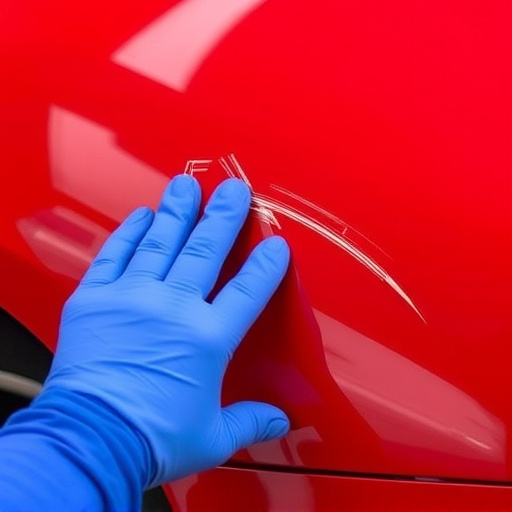
The integration of technology in the automotive industry has revolutionized radiator replacement accident repairs, enhancing both safety and speed. Auto repair shops are now equipped with advanced diagnostic tools that allow for faster identification of issues within a vehicle’s cooling system, streamlining the process of replacing damaged radiators. This technological advancement is particularly beneficial for handling hail damage repair or car bodywork restoration after accidents, as it ensures efficient and precise repairs.
By leveraging digital systems and specialized software, technicians can access a wealth of information, including detailed schematics and real-time data, enabling them to make informed decisions quickly. This not only reduces the time spent on troubleshooting but also minimizes the risk of human error, making radiator replacement accident repair more effective and safer for both workers and vehicles.
By leveraging technology to streamline radiator replacement accident repairs, repair shops can significantly enhance safety and speed. Digital tools such as advanced diagnostics, 3D printing for parts, and virtual reality training not only simplify the intricate radiator replacement process but also ensure consistency in quality. This modern approach benefits both businesses and customers, leading to faster turnaround times and safer outcomes for everyone involved in radiator replacement accident repairs.
